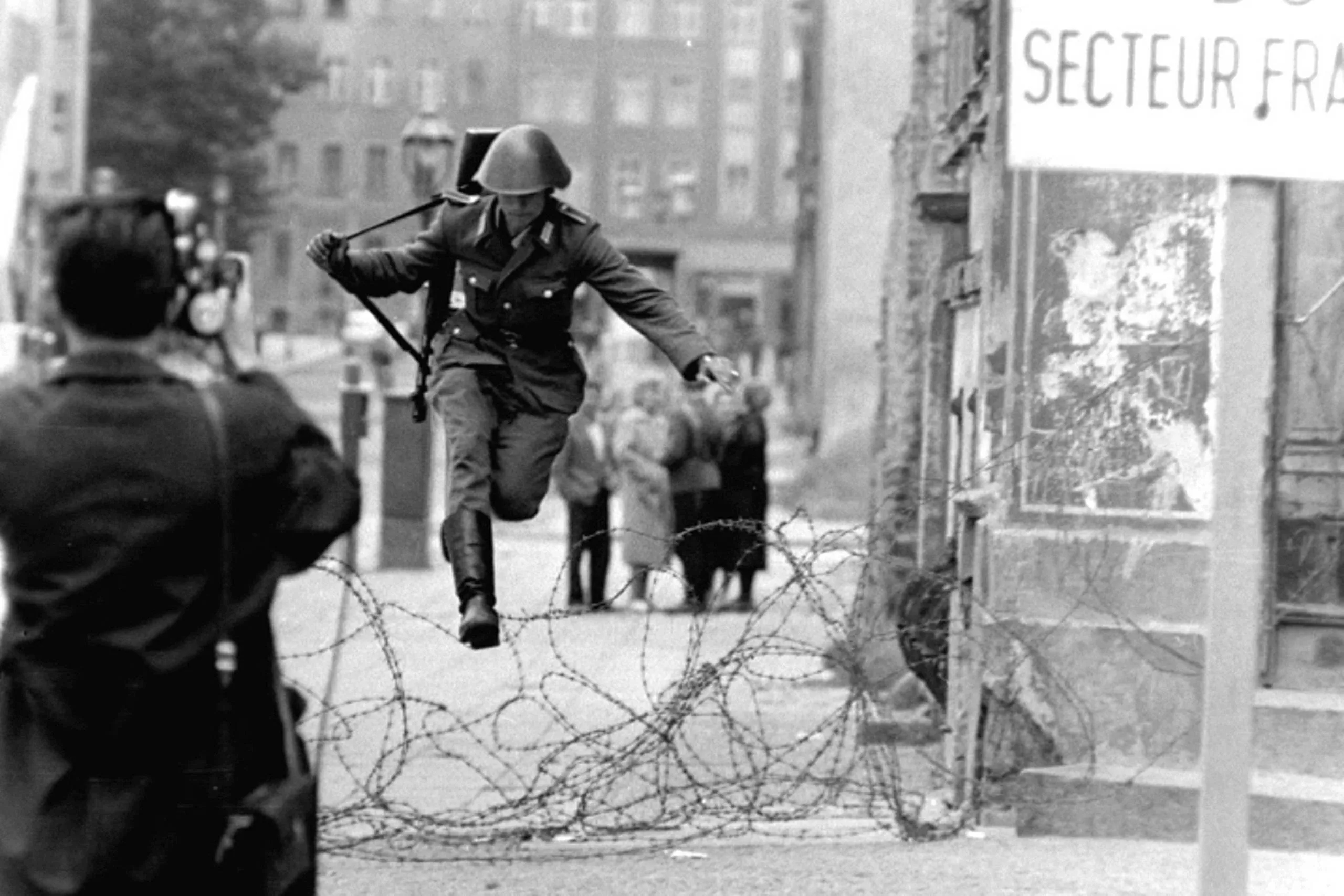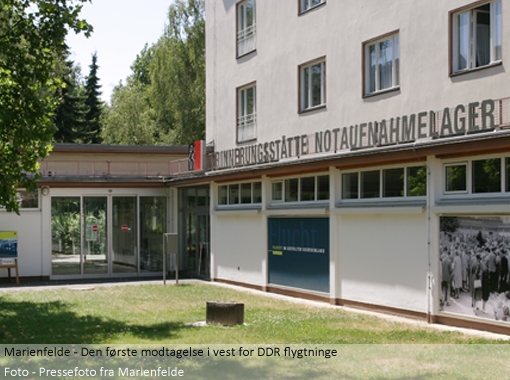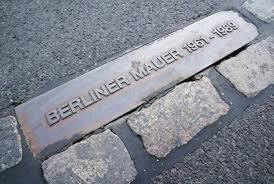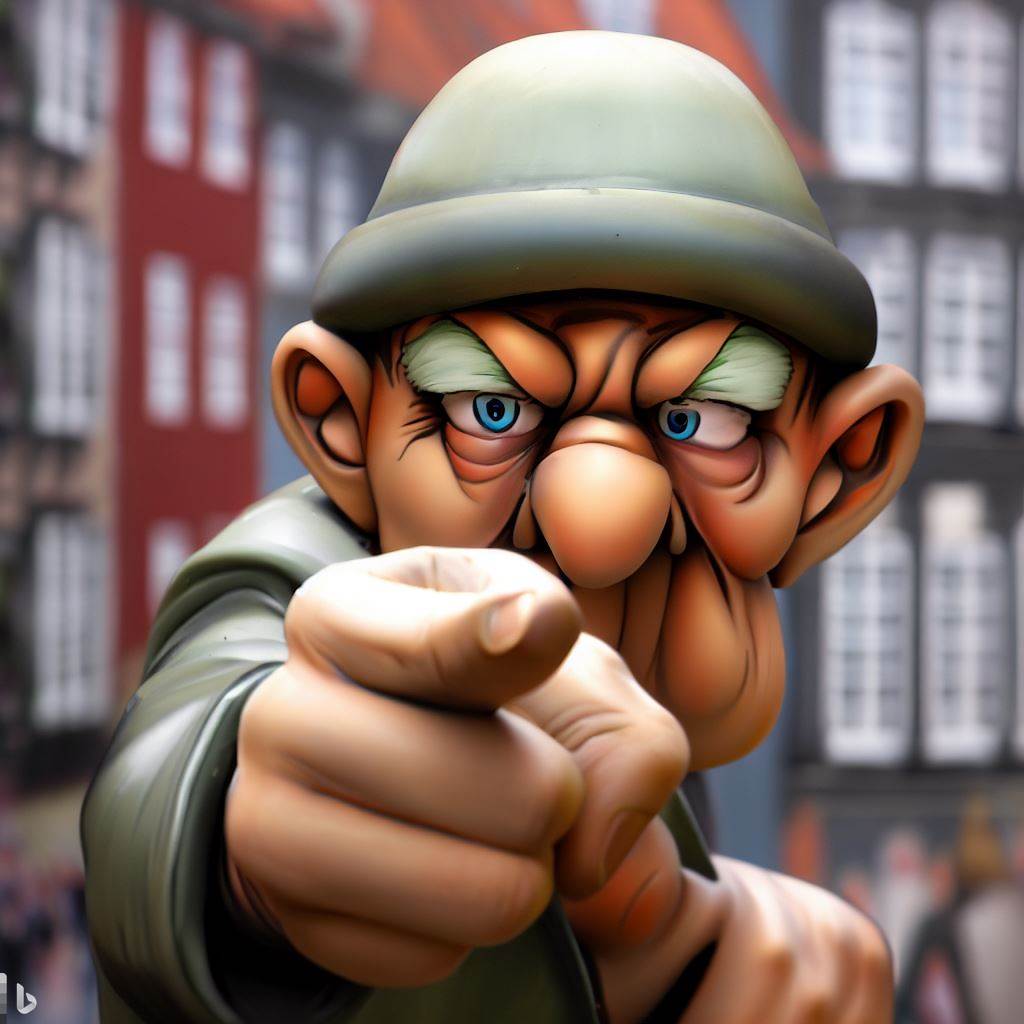Other places of interest and excursion destinations in other countries:
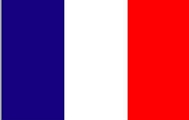 |
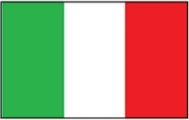 |
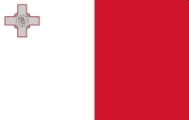 |
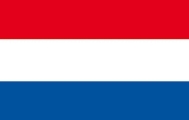 |
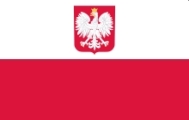 |
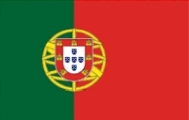 |
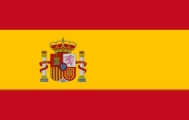 |
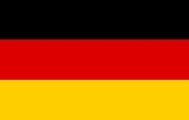 |
FR |
IT |
MT |
NL |
PL |
PT |
ES |
DE |
Link: Værd at besøge i Berlin
BerlinTiergarten
Tiergarten is Berlin's largest and most popular inner city park. A favorite with locals and visitors alike, it's ideal for a stroll, outdoor activities or a picnic. The Tiergarten in Berlin contains the parliament, government and diplomatic districts. For Berliners, Tiergarten Park is the city's green lung - just like New York's Central Park or London's Hyde Park. Close to the city center and adjacent to the major tourist attractions Brandenburger Tor and Potsdamer Platz. Tiergarten is approx. 210 hectares and thus slightly larger than Hyde Park.
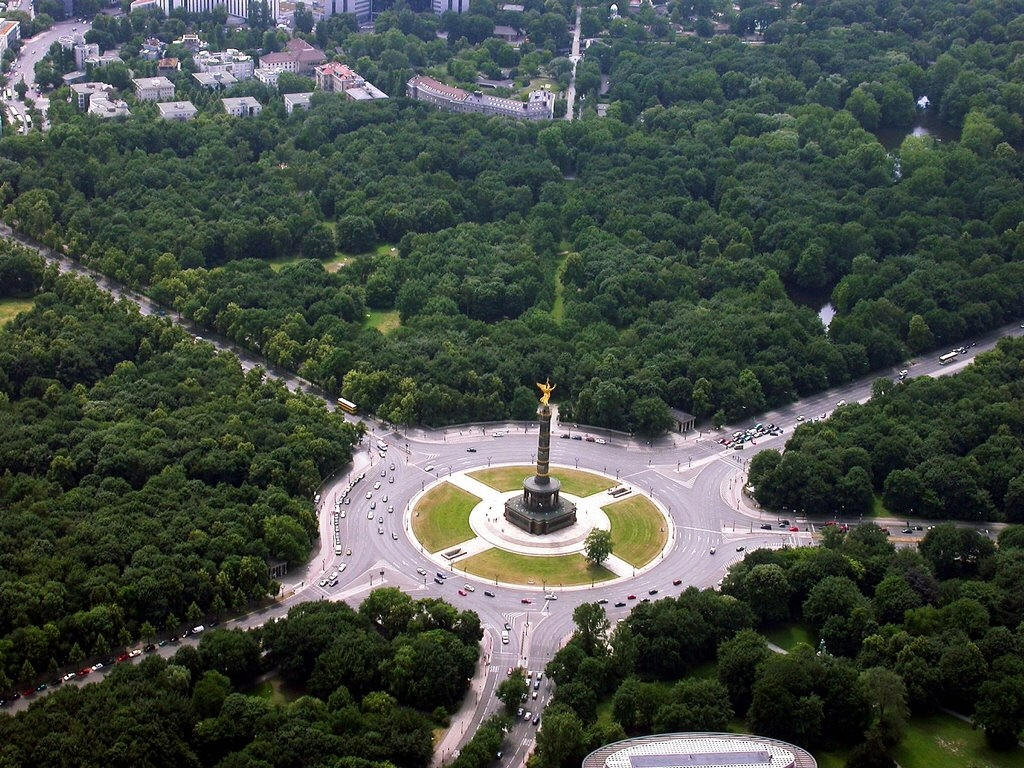
Siegessäule - The Victory Column can be seen in the center of the park
The name means "large zoo" and alludes to the wild boars and wild game that
the Prussian aristocracy hunted1. In 1830, the area was changed to a
landscape park created by Peter Joseph Lenné. The Tiergarten was totally
destroyed during the Second World War, as it was here that many of the last
battles took place. The trees were also felled and used for fuel during the
icy winters. For the same reason, it can also be said that all the trees
seen in the park have grown up afterwards.
The park is among the largest urban gardens in Germany. Only Tempelhofer
Park (formerly Berlin's Tempelhof Airport) and Munich's Englischer Garten
are bigger.
The Tiergarten is much more than just a park. It is home to many interesting
memorials as well as cultural and political sights. Close to the Brandenburg
Gate is the Soviet war memorial and the Global Stone peace project.
Furthermore, in the park itself, the art and exhibition center 'Haus der
Kulturen der Welt' can be seen attractively on the banks of the river Spree.
The office of the Federal President next to 'Bellevue Palace', the official
residence of the President of Germany, is to the west.
The Tiergarten is also home to many notable sculptures:
The statue of Prussian king Friedrich Wilhelm III: This statue is one
of the most remarkable monuments in the Tiergarten. It was created by the
sculptor Friedrich Drake, who is also known for creating the Roman goddess
of victory - Victoria, who stands at the top of the Siegessäule.
Goethe sculpture: Another notable sculpture in the Tiergarten is a
statue of the famous German writer Johann Wolfgang von Goethe.
In addition, there are many other lesser-known sculptures and monuments
scattered throughout the park, all of which contribute to the Tiergarten's
unique charm.
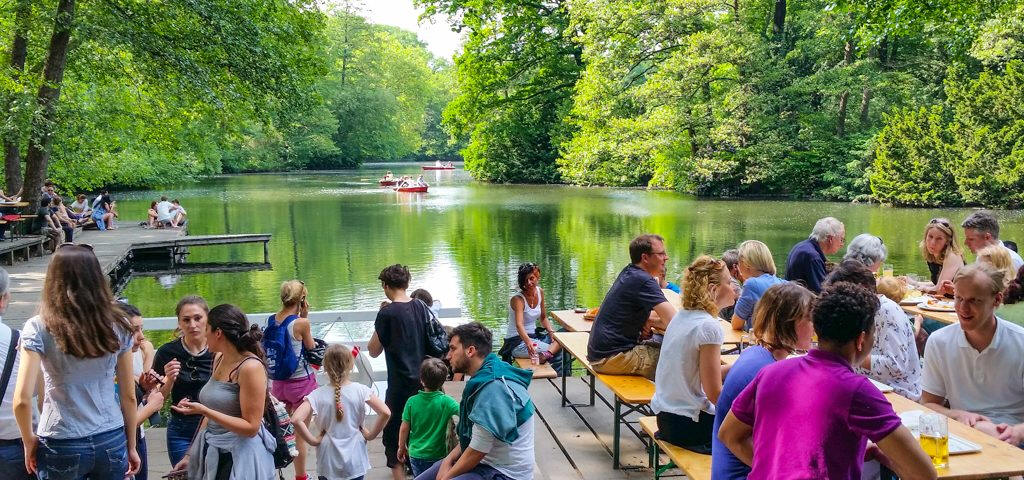
Biergartens:
There are also several noteworthy Biergartens in the Tiergarten, where you can
enjoy a beer in the open air. Here are some of them:
Biergarten am Kleinen Tiergarten: This is a popular Biergarten located in
the smaller park 'Kleinen Tiergarten'.
Café am Neuen See: This cozy café overlooking the lake is a popular
meeting place for hikers and excursions in the summer.
Schleusenkrug: This Biergarten is open all year round and is located in
the Tiergarten by the lock.
Birgit & Bier: This is both a Biergarten and an 'open-air club32'. It
is open every day from 14.
Jockel Biergarten: This Biergarten is open every day from 09:00 to 22:00.
Remember to check their opening hours as it may vary depending on the weather
and season.
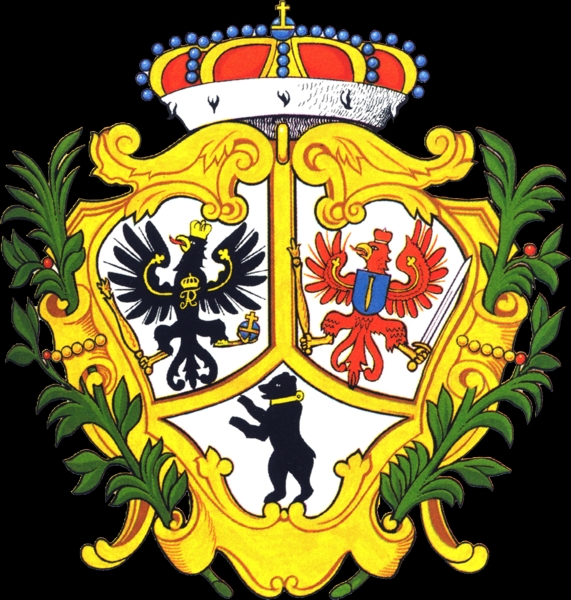
Berlins coat of arms ca. år 1700
D E F
G H I J K
L M N O P Q R S
S T U V X Y Z
Recreational areas:
Food and drinks:
Postcard Berlin, Sebastianstraße, Berliner Mauer Shortcut to postcards of the Berlin Wall
A recommendation
Berlin's landmark is a bear
I have visited Berlin for many years. The first time was in the late 70s with a school
class where the stay made such a big impression on me that I have been coming there
very often ever since.
The first times I visited the city, it was brutally divided into East and West and
separated by the famous and infamous Berlin Wall, which from one day to the next
separated families and friends.
The history of the construction of the Berlin Wall is long and begins in the division of Germany
after World War II, where the four victors and allies - the Soviet Union, the United States, England and France divided the country
between them. The capital, Berlin, from which the Allies were to jointly rule Germany, was also divided into four occupation zones,
which each Allied ruled, however, in accordance with the overall agreements the four Allies had jointly
But the marriage was not a happy one and, in short, the differences between the United States, England and France, on the one hand, and
the Soviet Union, on the other, became so big that cooperation was almost impossible.
The lack of cooperation led the Soviet Union to voluntarily decide to form the state of the GDR
in their part of Germany, where West Berlin were located - now as a desert island in the east.
In the GDR, however, they had the problem that many of its inhabitants would rather live in the somewhat richer "West", where the Americans, unlike the Russians,
provided financial assistance for the reconstruction after the "total war". In the Soviet-occupied German territories, the Russians instead
dismantled most of the production equipment and moved it to the Soviet Union, and to make matters worse, the Germans were also ordered to
pay war damages.
As the flow of refugees from the GDR increased, often by several thousand people a day, the
then government of the GDR felt compelled, with the consent of the Soviet Union, to confine its population, otherwise within a few years there would be so few people
left in the state no longer really would work. The flight to the West among young people, skilled and highly educated was so that the situation was unsustainable
and something had to be done.
The iconic photo of the soldier who escaped from the
GDR to the west
Well arrived in West Berlin, you had to sign up in e.g. the Marienfelde refugee camp to apply for a residence permit.
Here one was interrogated and later typically assigned to a job according to qualifications and an apartment. Many former GDR citizens have passed through
Marienfelde, where there now also is a museum. It is estimated that approx. 1.35 million people passed through the camp in Marienfelde until the fall of
the wall in 1989.
West Berlin was a thorn in the side of the so-called communist regimes, which on several
occasions tried to get the West Allies to leave Berlin and thus let it become part of the GDR, but when that failed, the Berlin Wall or "Antifaschistischer Schutzwall"
as it was officially called in the GDR was built in 1961.
"Notaufnahmelager"
Marienfelde (refugee camp)
The "Schandmauer" - or wall of shame as it was called in most of the western world - came to surround the whole of West Berlin.
The day of shame - 13 August 1961 - was the day when a 41 km long wall was started and further developed the following years right up to the fall of the wall in 1989. Memorial
It is estimated that approx. 14,000 border soldiers guarded the wall
- which by the way consisted of several walls - even though 860,000 mines had been laid, more than 300
watchtowers erected, trenches built and more than 600 well-trained watchdogs exposed.
Throughout the period from 1961 - 1989, it is estimated that there were more than 5,000 escape attempts and that
a little more than 3,000 people were apprehended. Some of these escape attempts took place through the 57 escape
tunnels dug under the Berlin Wall. In all, it is believed that 190 died during escape attempts.
World War II and the Berlin Wall - even after its dismantling - have of course left their mark
on the city of Berlin and there is no doubt that these events have had a colossal historical significance, but one
must not forget that Berlin is also an extremely interesting and modern city, where life is lived and where the
cultural offerings are enormous.
Wanted
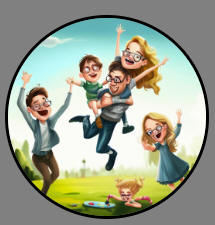
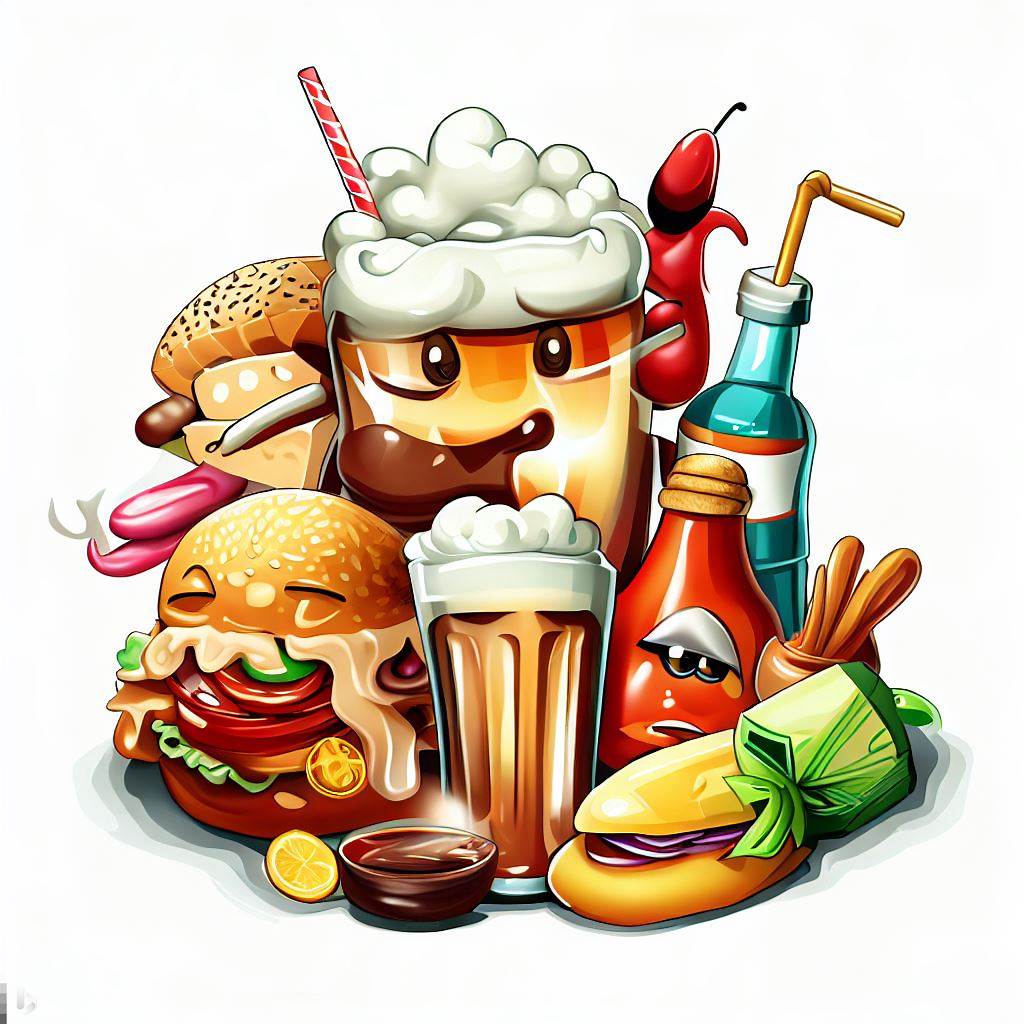
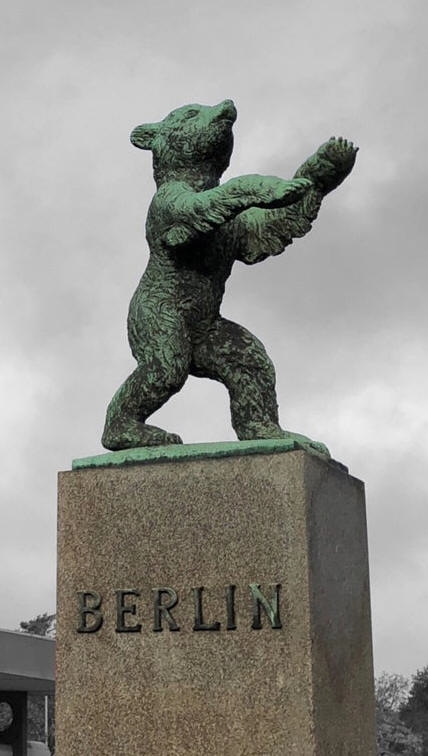
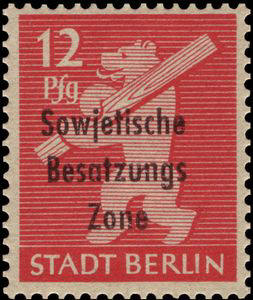
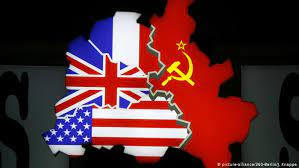
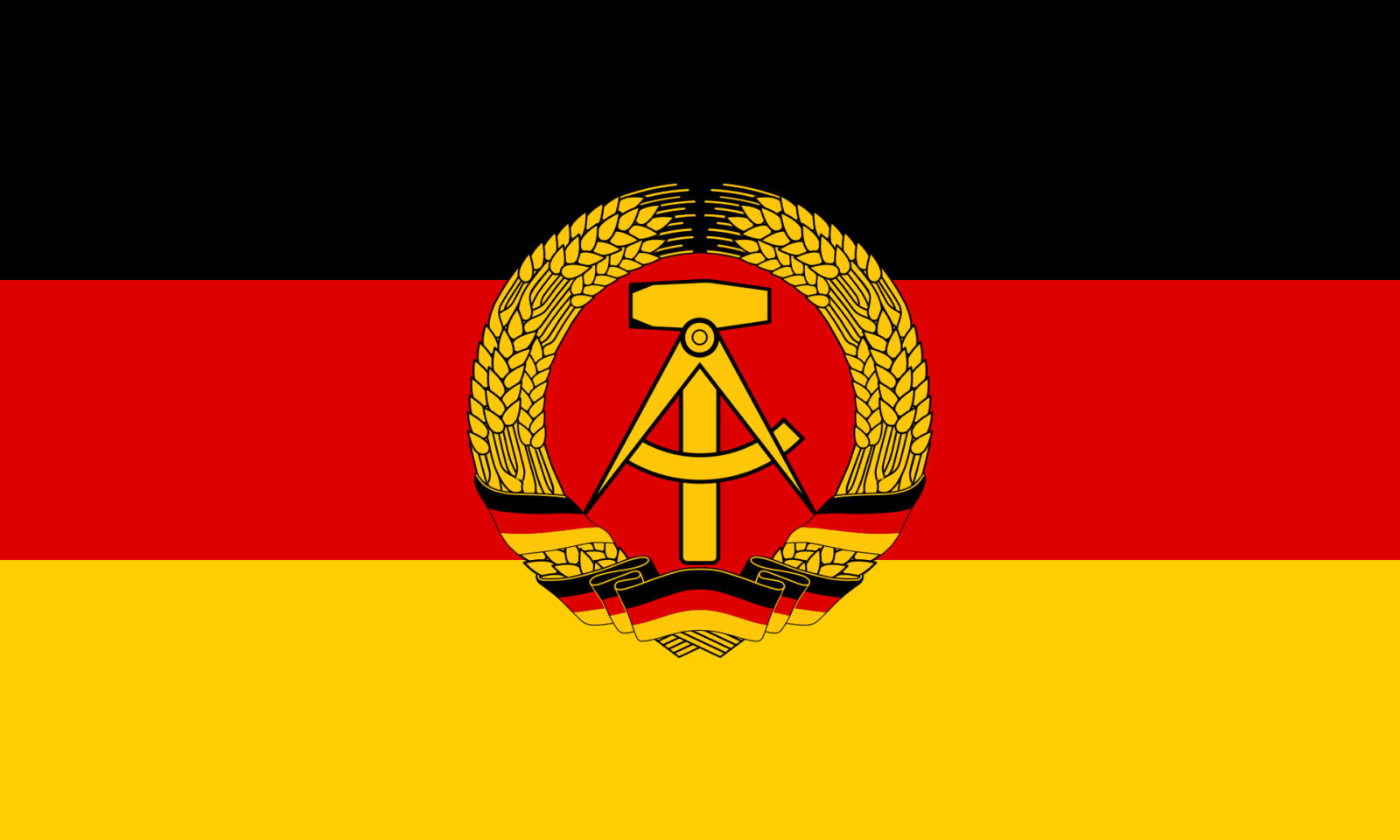
The GDR had otherwise promised its population that after some hard years
of toil and toil, the reward would come, but when you could see, not
least via western TV, how the nation actually fell further and further
behind in relation to the west, many began to doubt truth value of the
statement. For the same reason, large parts of the population began to
seep to the west and this could most easily happen via Berlin, where the
borders between the various sectors were still open.
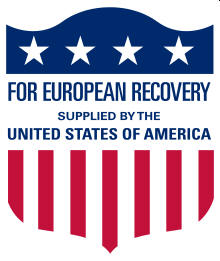 When a GDR citizen had decided to become a "republican
refugee", he or she typically dressed like people from the West
and then subsequently bought a train ticket to Berlin , if one did not already live there. In Berlin, the trip typically continued by "U-bahn" to West Berlin.
During such an escape, no significant luggage could be included, as one would easily be recognized as what one was - a refugee - and then taken to the police
station for questioning and imprisonment. Although there was free passage to West Berlin, many East German border guards were posted at the border and were
largely solely responsible for keeping an eye on any refugees.
When a GDR citizen had decided to become a "republican
refugee", he or she typically dressed like people from the West
and then subsequently bought a train ticket to Berlin , if one did not already live there. In Berlin, the trip typically continued by "U-bahn" to West Berlin.
During such an escape, no significant luggage could be included, as one would easily be recognized as what one was - a refugee - and then taken to the police
station for questioning and imprisonment. Although there was free passage to West Berlin, many East German border guards were posted at the border and were
largely solely responsible for keeping an eye on any refugees.
